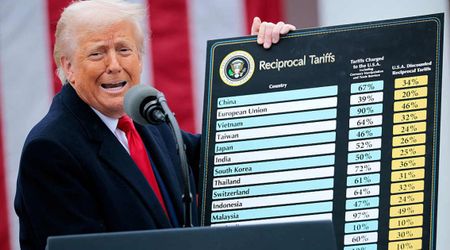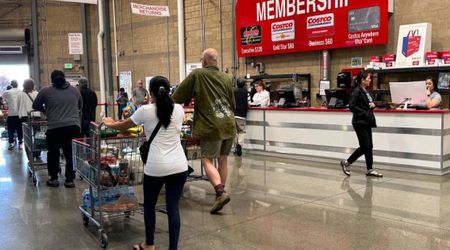Rising Grocery Costs Prompt Americans to Slash Nonessential Spending, Regardless of Income Level: Reports

At least 58% of American consumers across income levels say they are cutting back on nonessential spending because of rising grocery costs, according to the recent PYMNTS Intelligence report. Another report from the Wall Street Journal indicated that the share of income spent on food is the highest now since the past 30 years. The belt-tightening trend of cutting back on grocery spending was evident in last year’s reports as well and it continues despite inflation easing up.
In the PYMNTS report, which surveyed over 1,700 consumers, nearly half of the people whose income was over $100,000 said they have decreased spending on non-essentials. Further, about 61% of people earning less than $50,000 and two-thirds of those earning less than $100,000 do the same. Meanwhile, only 14% of the respondents said they were unscathed by higher grocery prices.
Increase in Food Prices
While the rate of price increase is dipping year over year, the latest government data indicated that the consumer price index, a broad measure used to track prices of goods and services, rose by 3.1% in January compared to last year.
The government report indicated that food prices climbed 2.6% in January and food away from home, (restaurant meals and vending machines) jumped by 5.1%.
The increase happened despite a slowdown in inflation and rising food prices hurt American consumers who are grappling with 25% higher supermarket prices as compared to January 2020, according to CBS News.
However, economic signs indicate that the price increases may slow down in the coming future.
Scenario for Paycheck-to-Paycheck Citizens
According to the “The New Reality Check: The Paycheck-to-Paycheck Report,” from PYMNTS, about 68% of paycheck-to-paycheck consumers who were already struggling to pay bills, are making trade-offs “essential” items and “nice-to-have” items.
Even out of the paycheck-to-paycheck consumers who say they can comfortably manage their expenses, about 61% cut off “nice-to-have” to accommodate expenses of essential groceries.
The report, which surveyed over 4,300 U.S. consumers in January, found that people with annual incomes of above $200,000, allocate about 18% of their monthly income toward groceries and household supplies.
Meanwhile, consumers earning less than $50,000 each year spend 23% of their wages on groceries and household supplies. Nearly 70% of these consumers also said that they have cut back on nonessentials due to the rising food prices.
Outlook for Food Prices Ahead
According to aNew York Times report, the cost of food at home is now climbing at a slower pace after months of rapid increase, indicating a slowdown. Even packaged food companies, restaurant chains, and others across the food business are reporting a steep slowdown in price increases.
This may be because of two major reasons, the first being pushback from consumers who fought through price increases over the year. The second reason is input cost increases for packaging and labor are also slowing down, as per the Times report.
However, cooling inflation and a slowdown in the increase of input costs do not mean that consumers will see smaller grocery bills. A slowdown in price increases does not mean that companies of food service providers are planning to drop or cut prices. But consumers are likely to get relief from rapid jumps in grocery and restaurant prices with positive economic signs.























